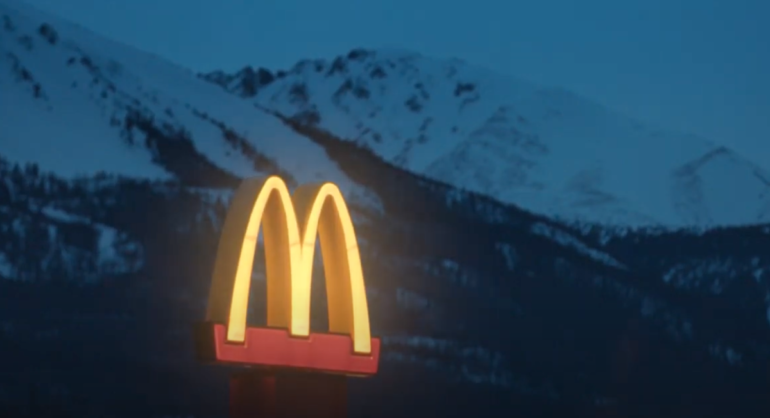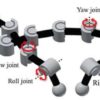Using technology wisely?
Screenshot by ZDNet
What do you want from McDonald’s?
No, don’t say “a happy feeling,” because I won’t believe you.
I suspect what you really want is a hunger-satiating hit that has just the right amount of unhealthy fatty goodness.
Oh, and you also want it quick. Because this is America and that’s how we roll.
Oddly, some fast food chains haven’t been so very good at the fast part of their promise. They say they make fast food, but it doesn’t always come out as quickly as customers would like.
McDonald’s used to be one of the culprits. The brand labored to keep up with the times — and, indeed, with quick-service times — because it was somewhat unwieldy and management wasn’t always sprightly in the innovation area.
This was especially evident at the drive-thru, a service that’s become all the more important during the pandemic.
It’s edifying, then, that McDonald’s has hastened its act. In the latest Quick Service Restaurants Study, conducted by customer experience company SeeLevel HX, the chain improved its drive-thru service time by a fulsome 28.9 seconds. Its average drive-thru service time is now a mere 349.3 seconds.
Indeed, McDonald’s was one of only three fast-food chains to enjoy improved times.
Could it be that the speakers at the drive-thru are working a little better? Not exactly. Instead, according to Nation’s Restaurant News, McDonald’s made a fine investment in a tech company.
Eighteen months ago, McDonald’s bought personalization and recommendation company Dynamic Yield. The promise was that this tech company could create electronic displays to feature food that’s appropriate for the time of day, the weather, trending items and whether your sports team won or lost. (I may have got that last one wrong.)
Now, Dynamic Yield’s digital menu boards are allowing customers to make swifter decisions, so that the line at the drive-thru keeps on moving.
Moreover, when the pandemic hit McDonald’s reduced its menu, as both food supplies and staff weren’t as plentiful as before.
Imagine that a more dynamic presentation of its menu, coupled with a (forced) simplification has brought success.
The question, of course, is whether customers have actually noticed.
When people complain about slowness of service it doesn’t automatically mean they’ll shun their favorite Big Macs and McNuggets. Sometimes, the pain really does come with the anticipation of the experience.
As my evidence, may I present Chick-fil-A? According to this survey, this chain is absolutely the slowest when it comes to drive-thru speed. It was the slowest in 2019, too. And in 2018.
Yet this survey doesn’t just measure speed. It also looks at accuracy, customer service and taste. In every category, Chick-fil-A was number one.
In essence, then, for all McDonald’s success in bringing down service times, the speed part is only a fraction of the whole experience.
Can technology do anything to improve accuracy? One would hope so. Can it improve customer service? I remain to be convinced about that. As for improving taste, now that is the tallest challenge of all.
I worry whether burger-flipping robots can do much to improve the true core of a product offering. For example, McDonald’s franchisees have long been desperate for the chain to create a competitive chicken sandwich to Chick-fil-A’s famously popular fare.
Sometimes, customers are simply loving someone else’s product more and they’ll happily wait a little longer.



